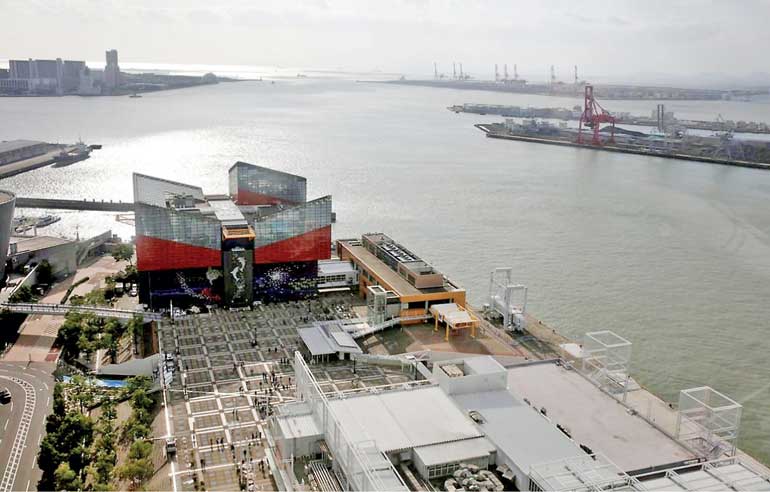Sunday Dec 28, 2025
Sunday Dec 28, 2025
Thursday, 16 November 2017 00:00 - - {{hitsCtrl.values.hits}}
 Tokyo (Reuters): Japan’s economy grew faster than expected in the third quarter due to strong exports, posting the longest period of uninterrupted growth in more than a decade.
Tokyo (Reuters): Japan’s economy grew faster than expected in the third quarter due to strong exports, posting the longest period of uninterrupted growth in more than a decade.
The economy expanded at a 1.4% annualized rate in July-September, slightly above the median estimate for annualised growth of 1.3%, Cabinet Office data showed on Wednesday.
That followed revised annualised growth of 2.6% in April-June.
Consumer spending fell for the first time in seven quarters but this is expected to be temporary because the economy is near full employment, which should bolster domestic consumption in the future. Rising capital expenditure and exports are also expected to keep the economy growing, which should ease some concerns about sluggish inflation.
“Japan’s potential growth rate is around 1%, so the results for the third quarter show the actual rate of growth is quite high,” said Hidenobu Tokuda, senior economist at Mizuho Research Institute.
“The jobs market is doing so well that consumer spending is sure to pick up in the future. Capital expenditure still looks healthy. The economy is doing well.”
Gross Domestic Product (GDP) grew 0.3% compared to the previous quarter, which matched the median estimate and followed a 0.6% quarter-on-quarter expansion in April-June, Cabinet Office data showed on Wednesday.
The results show that Japan’s economy has grown for the seventh straight quarter, the longest period of expansion since an eight-quarter run from April-June 1999 to January-March 2001.
External demand – or exports minus imports – was the biggest reason for expansion, adding 0.5% to growth. Shipments of cars and electronic parts to the United States and Asia were strong in the third quarter, reflecting improving global demand, a Cabinet Office official told reporters.
In comparison, negative external demand subtracted a revised 0.2% point from GDP growth in April-June.
Private consumption, which accounts for about two-thirds of GDP, fell 0.5% from the previous quarter, more than the median estimate of a 0.3% contraction to mark the first decline since October-December 2015.
The decline was driven by lower spending at restaurants and hotels, as well as reduced spending on cars and mobile phones, the official said. Bad weather during the quarter may have hurt spending, the official said.
Capital expenditure rose 0.2% in July-September from the previous quarter, less than the median estimate for a 0.3% increase but still up for the fourth straight quarter.